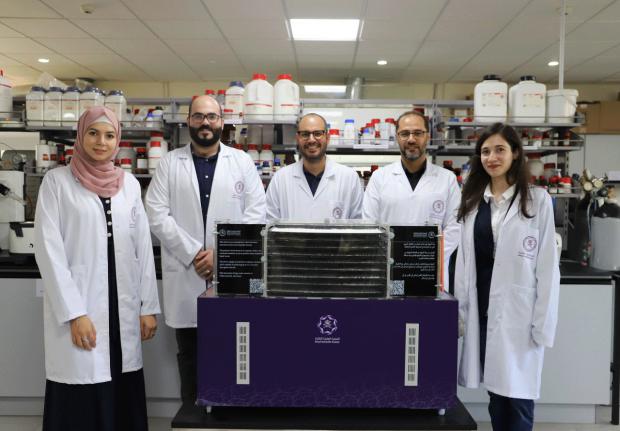
Breaking News
 Six men are making AI decisions for 8 billion people
Six men are making AI decisions for 8 billion people
 Making a Killing: FULL DOCUMENTARY FILM
Making a Killing: FULL DOCUMENTARY FILM
 Rockefeller Foundation Partners With MrBeast To Target Youth With "Next-Gen" Propaganda
Rockefeller Foundation Partners With MrBeast To Target Youth With "Next-Gen" Propaganda
Top Tech News
 Build a Greenhouse HEATER that Lasts 10-15 DAYS!
Build a Greenhouse HEATER that Lasts 10-15 DAYS!
 Look at the genius idea he came up with using this tank that nobody wanted
Look at the genius idea he came up with using this tank that nobody wanted
 Latest Comet 3I Atlas Anomolies Like the Impossible 600,000 Mile Long Sunward Tail
Latest Comet 3I Atlas Anomolies Like the Impossible 600,000 Mile Long Sunward Tail
 Tesla Just Opened Its Biggest Supercharger Station Ever--And It's Powered By Solar And Batteries
Tesla Just Opened Its Biggest Supercharger Station Ever--And It's Powered By Solar And Batteries
 Your body already knows how to regrow limbs. We just haven't figured out how to turn it on yet.
Your body already knows how to regrow limbs. We just haven't figured out how to turn it on yet.
 We've wiretapped the gut-brain hotline to decode signals driving disease
We've wiretapped the gut-brain hotline to decode signals driving disease
 3D-printable concrete alternative hardens in three days, not four weeks
3D-printable concrete alternative hardens in three days, not four weeks
 Could satellite-beaming planes and airships make SpaceX's Starlink obsolete?
Could satellite-beaming planes and airships make SpaceX's Starlink obsolete?
Device Pulls Dozens of Liters of Water from the Air–Already Being Installed...

Entrepreneurs in Jordan have created a sophisticated machine that pulls water from the desert air at a rate that could cure the country's water woes.
1,000 units of their flagship device have already been pre-ordered by the Jordanian government, and the success of the invention has allowed the innovators to attract dozens of promising scientists who can hopefully expand on their success and bring water resources up to speed in the relatively-stable Near Eastern nation.
Jordan has an interesting contradiction of celebrating the highest academic involvement in the Arab world, but also suffering in one of its least-successful entrepreneurial landscapes and from a problem with water insecurity that ranks among the highest in the world.
Stepping up to address this problem is Aquaporo, a relatively straightforward, air conditioning-sized machine that can harvest 35 liters of water every day in a desert climate of 20% humidity.
Much of Jordan's population may only have access to 200 cubic meters of water per year, and only 36 hours of tap water per week provisioned by the authorities. The WHO warns these levels can create harm to human health and economic development.
Aquaporo CEO Kyle Cordova and engineering director Husam Almassad got their start at Jordan's Royal Scientific Society with a group of trainees. Their invention looked a bit like a chest freezer, but now more an A/C unit above a normal water cooler.
Inside, rows of nanomaterials formed into tubes and other shapes act like a sieve that filters water out of the air. The physics behind it are much the same as those found in this Classical Indian architectural feature and takes advantage of air's tendency to speed up as it moves through a narrow passageway; called the Venturi Effect.

 Defend yourself like a pro
Defend yourself like a pro First totally synthetic human brain model has been realized
First totally synthetic human brain model has been realized Mach-23 potato gun to shoot satellites into space
Mach-23 potato gun to shoot satellites into space

